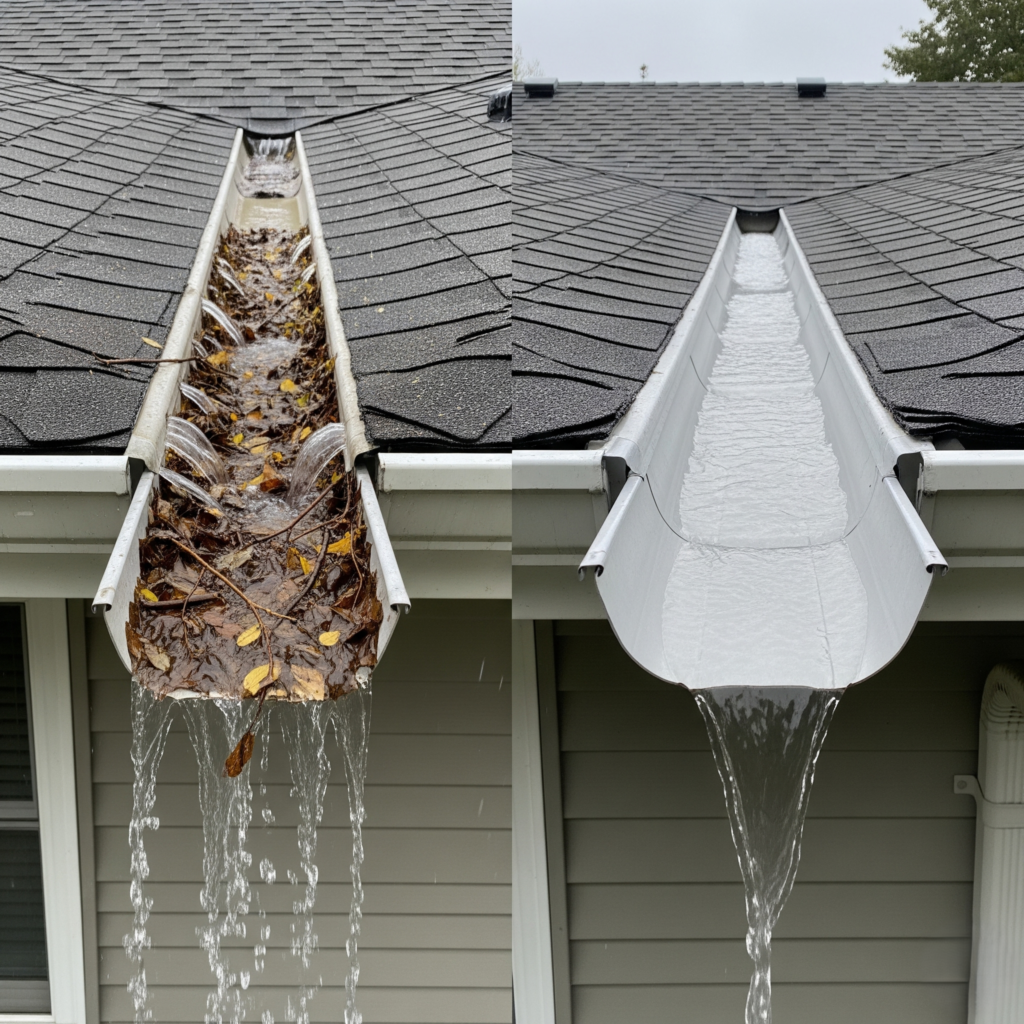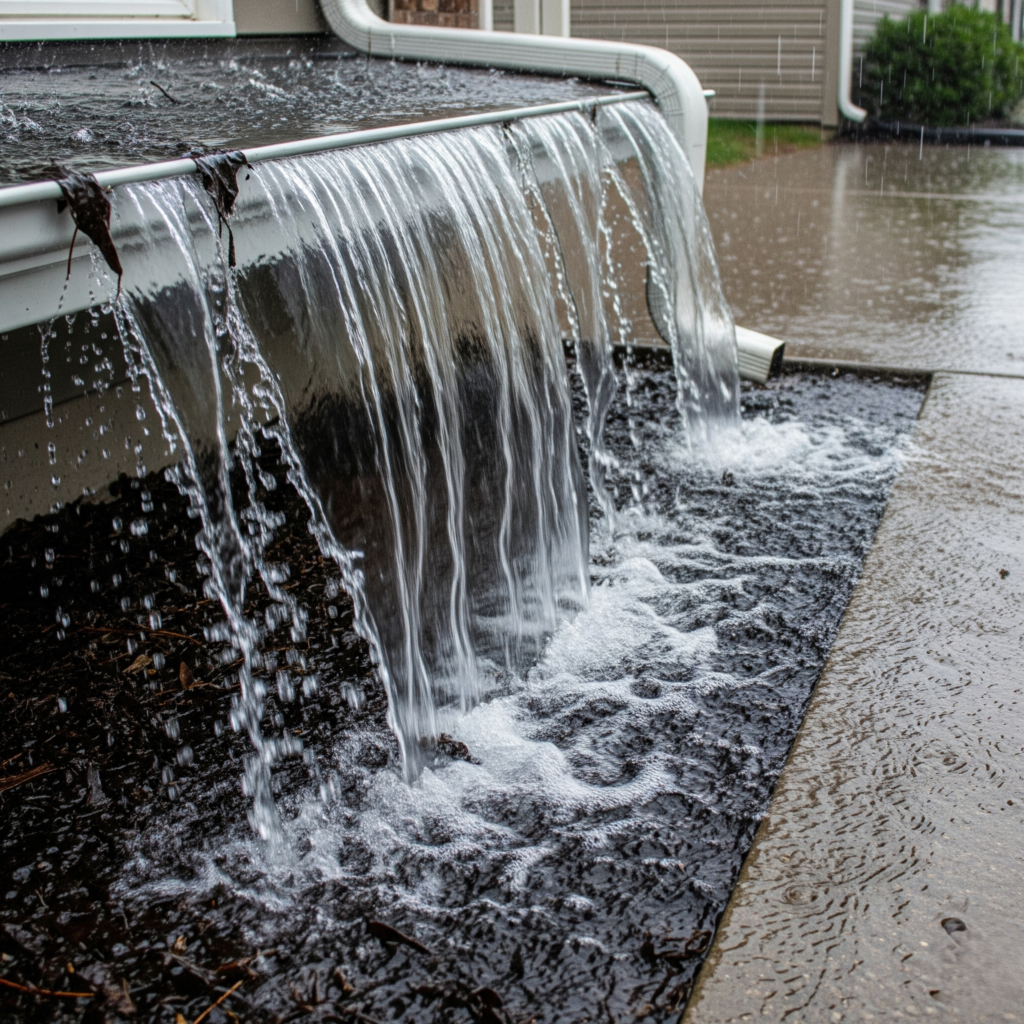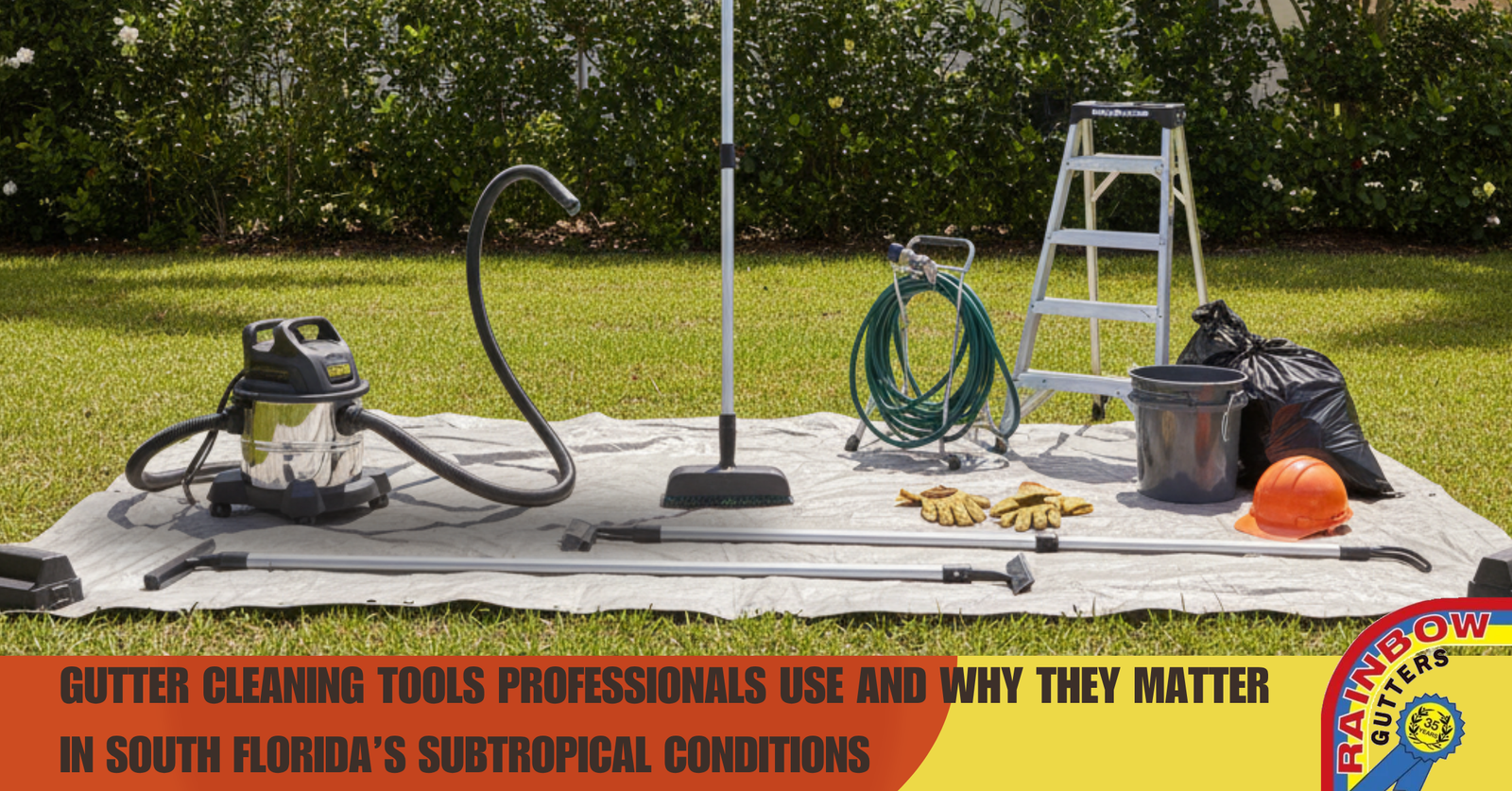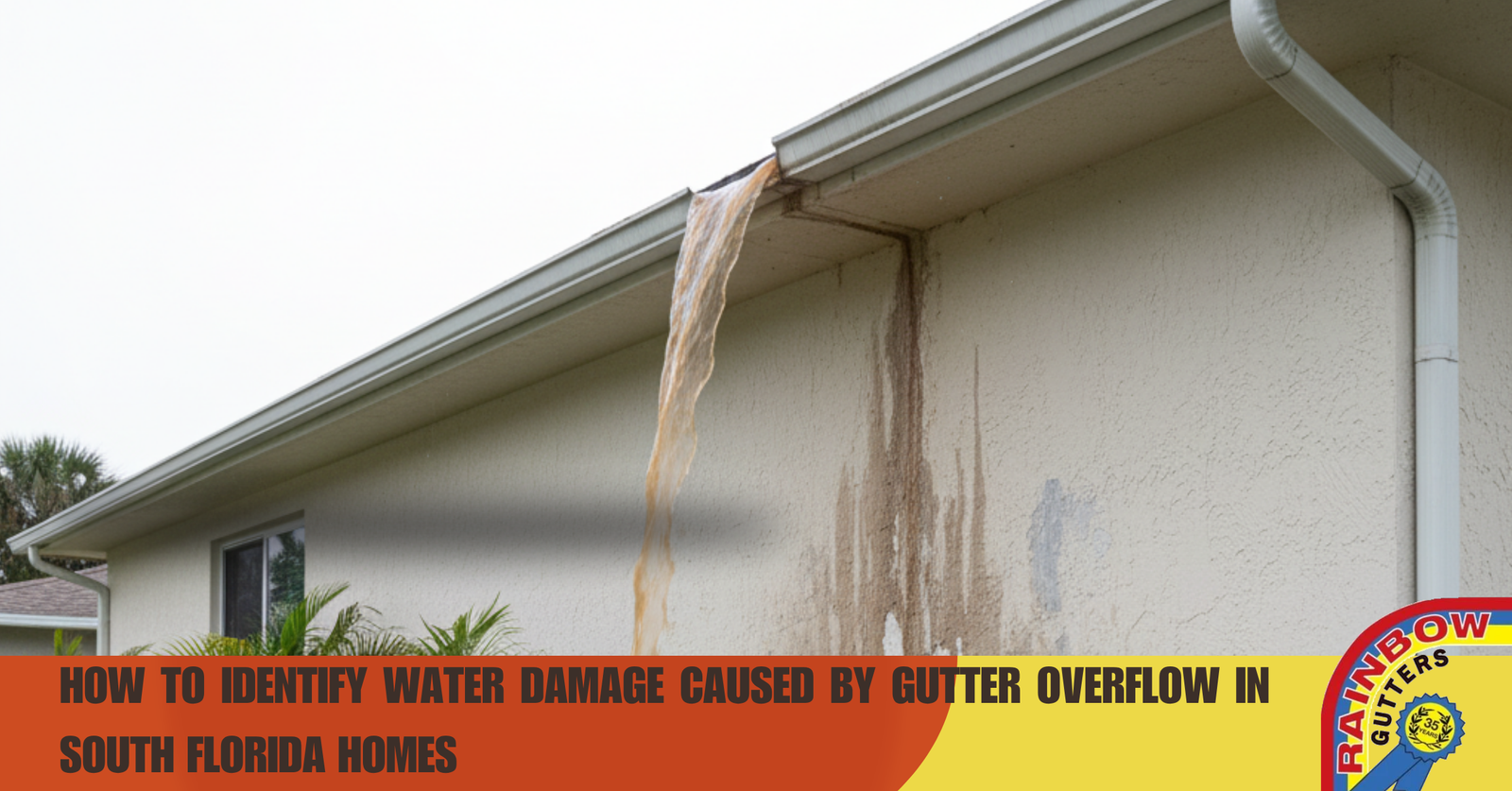When homeowners think about gutters, they often focus on style, color, or material. But there’s a far more critical detail many overlook: gutter size. Choosing the right gutter size isn’t just an aesthetic decision; it directly affects how efficiently your home manages rainwater and prevents costly water damage. Here’s why gutter sizing matters, how it influences drainage efficiency, and what factors determine the best gutter size for your home.
Why Does Gutter Size Matter?
Gutters are designed to collect rainwater running off your roof and channel it safely away from your foundation. If gutters are too small:
- They overflow during heavy rain
- Water spills over the edge, eroding soil and damaging siding
- Excess water can seep into your basement or crawl space
On the other hand, gutters that are properly sized:
- Handle peak rainfall efficiently
- Protect your home’s exterior and foundation
- Last longer because they’re less likely to clog or warp under heavy loads

Standard Gutter Sizes and What They Mean
Most residential gutters come in two common sizes:
- 5-inch gutters: Traditional choice for many homes, adequate for moderate rainfall and smaller roofs
- 6-inch gutters: Popular for larger roofs, homes in areas with heavy rain, or steep roof pitches
While a 1-inch difference sounds minor, it significantly increases water capacity:
- A 6-inch K-style gutter holds about 40% more water than a 5-inch one
How Roof Size and Pitch Affect Gutter Needs
The larger or steeper your roof, the more rainwater it collects, and the faster it flows into the gutter system:
- Steep roofs shed water faster, increasing the flow rate
- Wide roof sections contribute more total runoff
For example, a steep, large roof in Boone, NC (where rainfall can be intense) often benefits from 6-inch gutters to prevent overflow.
Rainfall Intensity: Local Weather Matters
Gutter size isn’t universal; it depends on your local climate:
- In regions with frequent, heavy downpours, larger gutters are essential
- Homes in dry climates can often rely on smaller systems
Your contractor should consider:
- Historical peak rainfall data
- Frequency of heavy storms
- Roof area draining into each gutter section
Downspout Sizing and Placement
Gutter size alone isn’t enough; downspouts must handle the same volume:
- A standard 2×3-inch downspout is typical for 5-inch gutters
- Larger 3×4-inch downspouts pair with 6-inch gutters to move water faster
Proper placement is also crucial. More downspouts reduce the load on each section of gutter, boosting drainage efficiency.
Overflow Problems from Undersized Gutters
If your gutters can’t keep up, you may notice:
- Water cascading over edges during storms
- Soil erosion and damaged landscaping
- Rotting fascia boards and stained siding
- Foundation cracks or leaks over time
These aren’t just cosmetic issues; they can lead to expensive repairs if ignored.
Benefits of Choosing the Right Gutter Size
Improved drainage efficiency:
Water flows through the gutter smoothly, reducing overflow risk.
Longer gutter lifespan:
Less strain from heavy water loads and debris buildup.
Protection for foundation and landscaping:
Properly sized gutters move water safely away from the home.
Fewer clogs and maintenance issues:
Larger gutters handle leaves and debris better, especially with gutter guards.
Signs Your Gutters May Be Too Small
- Overflowing during average rainfall
- Frequent clogs despite regular cleaning
- Water pooling near your foundation
- Visible damage to landscaping or exterior walls below gutters
If you notice these signs, it might be time to consult a professional about upsizing.

Professional Sizing vs. DIY Guesswork
Every home is different, and proper gutter sizing takes into account:
- Roof square footage and pitch
- Local rainfall data
- Gutter type (K-style or half-round)
- Downspout size and number
A professional can do these calculations and recommend the right solution for long-term protection.
Other Factors That Influence Gutter Performance
Besides size, consider:
- Material: Aluminum, copper, or steel gutters each have different durability and weight.
- Style: Half-round gutters carry less water than K-style gutters of the same width.
- Slope: Proper slope ensures water drains quickly instead of pooling.
Together, these factors determine how efficiently your gutter system handles rainwater.
Conclusion: Size Isn’t Just a Number, It’s Protection
The right gutter size can mean the difference between a dry, protected home and thousands of dollars in water damage repairs. By matching gutter size to your roof, climate, and drainage needs, you keep rainwater flowing safely away, protecting your home’s foundation, landscaping, and peace of mind.
Don’t leave it to chance. Talk to a gutter professional to ensure your system is built for your home and local weather. Contact us today!







